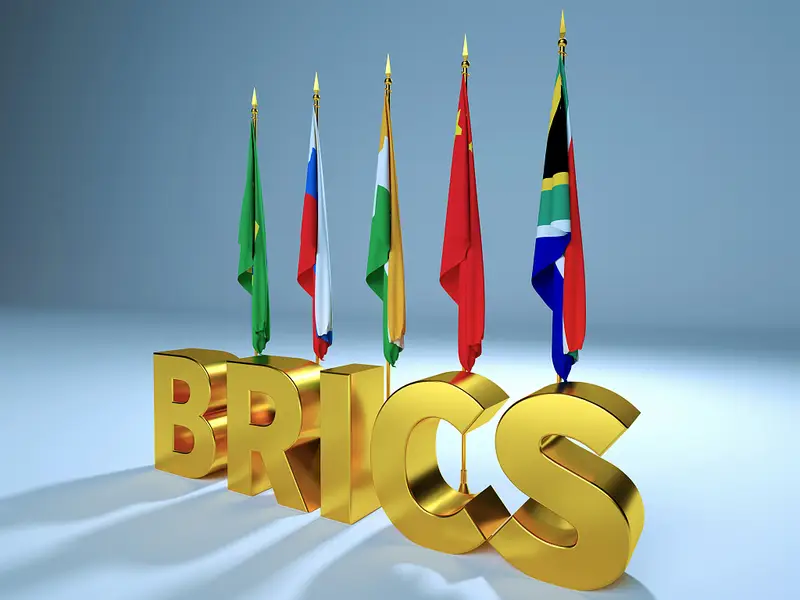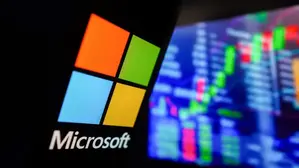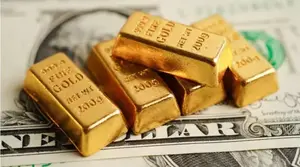The BRICS gold rush has been reshaping global finance in ways that weren’t anticipated even a year ago, with gold hitting 13 new all-time highs in September and then reaching $4,241.99 on October 16, 2025. Right now, central banks hold approximately 36,000 metric tons of gold—valued at around $4.5 trillion—and this figure actually surpasses their $3.5 trillion in US
Treasury securities for the first time since 1996. The BRICS nations control over 6,000 tons of gold reserves, which represents about 20-21% of what central banks hold globally, and more than 30 countries are accelerating their participation in the BRICS gold rush strategy as discussions around alternative financial systems gain momentum.
Also Read: Top BRICS Countries With the Highest Gold Reserves in 2025
BRICS Gold Rush Spurs Record Gold Reserves And ATH Prices

Central Banks Lead The Way With Record Purchases
The BRICS gold rush has intensified significantly, with central banks adding more than 1,000 metric tons annually over each of the past three years—a pace that’s more than double the previous decade’s average, according to data from the European Central Bank. Russia leads the bloc with 2,335.85 tons of BRICS gold reserves, while China follows at 2,298.53 tons, and India maintains 879.98 tons in its reserves at the time of writing. When looking at gold reserves by country, Russia and China together control roughly 74% of the entire bloc’s total reserves.
Survey data that was released recently reveals that 76% of central banks now intend to increase their gold holdings over the next five years, which is up from 69% last year, and also shows that 75% plan to reduce their exposure to dollar-denominated assets. The People’s Bank of China resumed reporting monthly gold purchases in November 2022 after a three-year pause, and approximately 316 tonnes were added during an 18-month buying streak that ran through May 2024. Poland emerged as the largest central bank buyer of gold in 2024, raising its holdings by 90 tons to reach 448 tons total, and Turkey added approximately 75 tons during the same year.
Over 30 Countries Join The Reserve Expansion
Beyond the core BRICS nations, more than 30 countries have been actively expanding their gold reserves in 2024 and 2025. Poland added 67 tonnes in the first half of 2025 alone, bringing its total holdings to 515 tonnes. Kazakhstan reversed its selling trend by adding 24.7 tonnes in 2025 after reducing reserves in 2024. The Kyrgyz Republic purchased 2.2 tonnes, pushing gold to 64.4% of its total reserves—the highest percentage globally. Egypt expanded holdings by 1.7 tonnes in 2025, while Qatar added 3 tonnes and Oman increased reserves by 4 tonnes. Azerbaijan’s State Oil Fund (SOFAZ) made one of the year’s largest additions at 34.5 tonnes.
India’s Reserve Bank added 73 tonnes in 2024 and repatriated 100 tonnes from the UK, signaling a shift toward domestic storage. Nigeria also disclosed gold repatriation from overseas vaults. Singapore, after adding 76.3 tonnes in 2023, shifted to active management strategies. The National Bank of Poland’s President, Adam Glapiński, has been vocal about raising gold allocations to 20% of total reserves, while India’s former RBI Governor, Shaktikanta Das, stated in April:
“…we are building up gold reserves, the data is released from time to time…”
Gold ATH Price: Gold Price Breaks Through $4,200 As Momentum Builds
Gold shattered all previous records in October 2025, with prices reaching an all-time high of $4,241.99 on October 16. The metal first broke through the $4,000 mark on October 8 and then peaked at $4,218.07 during trading on October 15. Year-to-date, gold has climbed an impressive 56.86%—making this gold’s strongest performance in a calendar year since 1979, and analysts cite the BRICS gold rush as one of the key drivers behind this surge.
Global gold ETFs have added 638 tons this year, while the Shanghai Gold Exchange—which emphasizes physical delivery rather than paper contracts—handled approximately 27,500 tonnes of gold in 2023. Physical gold withdrawals from the exchange totaled around 2,000 tonnes that same year. Analysts are projecting gold prices to average around $3,675 per ounce by Q4 2025, and some forecasts suggest a climb toward $4,000-$5,000 per ounce by mid-2026. The Federal Reserve will likely cut interest rates to below 4% at its October 29 meeting, with a 97% probability right now, which makes gold more attractive as a non-yielding asset.
Alternative Currency Plans Drive Financial Shift
The BRICS gold rush gained new momentum when western countries froze an estimated $300 billion of Russian foreign exchange reserves after the Ukrainian crisis in February 2022. This move opened the eyes of financial planners all over the world, and physical gold holdings offer certain benefits that digital reserves cannot match—most countries hold these reserves in correspondent banking systems, but foreign governments cannot freeze physical gold that countries store domestically, unlike reserve assets that correspondent banking systems hold abroad.
Also Read: Gold Price: $9K Target Could More Than Double a $1K Investments
The Cross-Border Interbank Payment System (CIPS) operated in China as an alternative to SWIFT now hosts 1,421 participating banks in 110 countries as of 2023. This expanding network is facilitating continued debate over a BRICS based gold-backed currency option and Chinese insurance firms, which have almost half a trillion in assets combined, are now looking at greater gold investments. A 1 percent share in the industry would also create tens of billions of dollars in new demand, which would give the BRICS gold rush a second push and tighten the reserves of the involved countries.
Reserve Restructuring Signals Long-Term Shift
Gold reserves by country data demonstrates that the US, Germany, Italy, France, and Russia possess over 18,700 metric tons of the official gold reserves in the world, which is more than fifty percent. As seen in the share of BRICS countries, their share increased by 22% between the years 2008 and 2021 compared to 5% in the same period showing aggressive buying strategies. The total inflows in gold backed ETFs was around 30 billion in the first quarter of 2025 alone, and central banks added more than 244 metric tons of gold only in the first quarter of 2025. This is the new trend that many analysts are terming as structural realignment of the reserve management and the BRICS gold rush does not appear to be letting go as more nations seek an alternative to the dollar-based systems.






